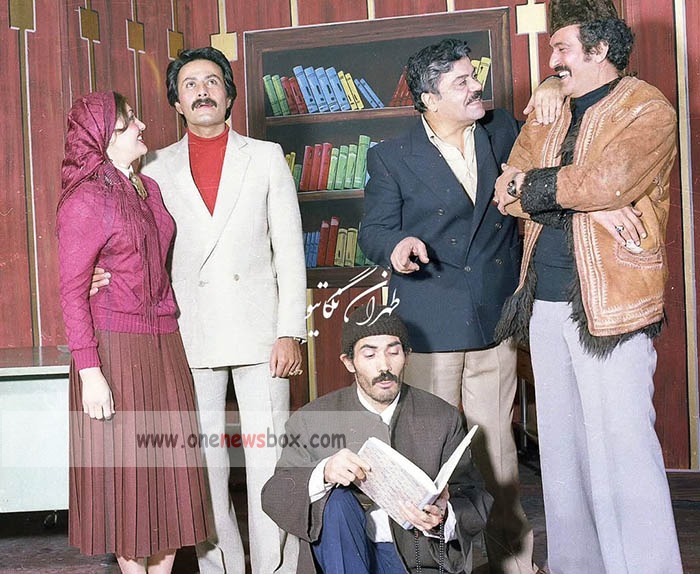7.2 The Roots of Modern Iranian Drama
This period also laid the intellectual groundwork for modern Iranian playwrights, who would later explore themes of alienation, identity, and politics in the works of Bayzai, Akbar Radi, and others.
Conclusion
The conditions of Iranian theater in 1940–1943 reveal a society in transition. Theater was not simply a pastime but a central cultural institution shaped by political, social, and intellectual currents. Its popularity was partly due to the inadequacy of other media and partly because it resonated deeply with audiences hungry for expression.
The formation of the National Theater Group under Shahin Sarkisian symbolized the quest for an Iranian identity in theater, while the diverse motivations of audiences highlighted the art form’s ability to accommodate both entertainment and ideology.
By bridging tradition with modernity, local concerns with global influences, the Iranian theater of 1940–1943 prepared the ground for the remarkable flourishing of stage theater in the years that followed. Its legacy endures in the professionalization of Iranian theater, the rise of great actors and directors, and the recognition of stage performance as a vital cultural force in Iran.

